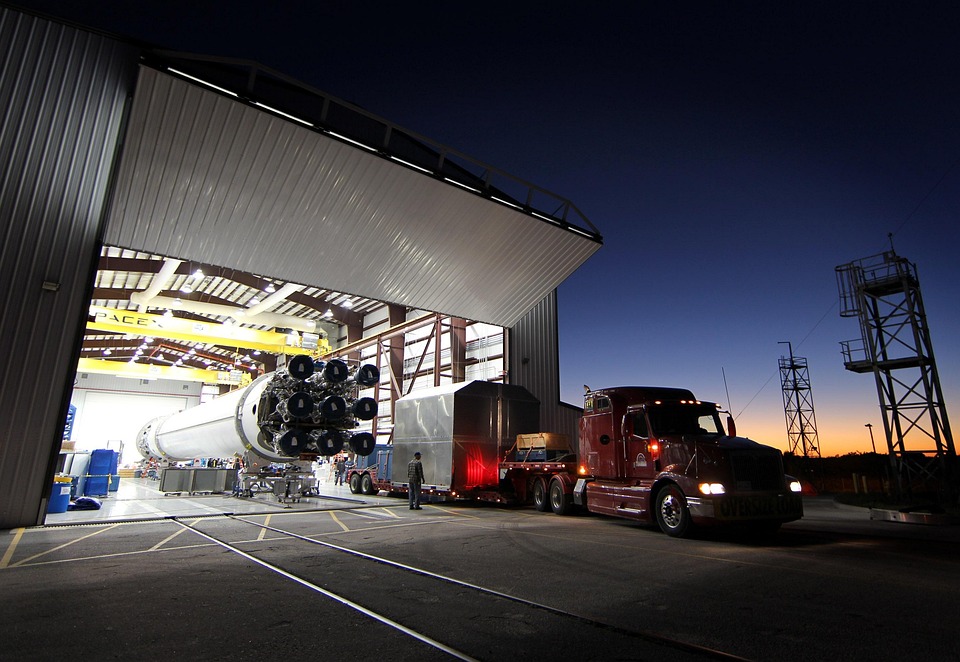In the grand tapestry of space exploration, the cost of launching payloads into orbit has remained a significant barrier to entry for both government and private entities. Enter SpaceX, the ambitious aerospace manufacturer and space transport services company founded by Elon Musk in 2002. At the forefront of redefining how we approach space missions is SpaceX’s revolutionary emphasis on reusability, a principle that not only aims to drastically reduce expenses but also pave the way for sustainable exploration.
The Traditional Model: A One-Time Use Paradigm
Historically, space missions have been conducted under a paradigm where rockets and their components are single-use. Once a launch vehicle has served its purpose, it typically falls into the ocean or is left to disintegrate upon re-entry. This approach is akin to using a single-use product, resulting in exorbitant costs—often exceeding $10,000 per kilogram of payload launched into orbit. With budget constraints common across governmental space agencies and private firms alike, the need for innovation in this area has been evident.
Enter SpaceX: The Raptor and Falcon Revolution
SpaceX’s technology and vision have turned the pages of spaceflight’s history. At the heart of its reusability concept is the Falcon 9 rocket, designed to return to Earth and be refurbished for multiple launches. The Falcon 9 features a first stage that utilizes nine Merlin engines, which allows it to ignite and lift off with incredible power. After its mission, this stage can return to its launch site or a designated drone ship in the ocean, enabling landing attempts that can often achieve remarkable precision.
Engineering Marvel: The Physics of Landing
The mechanics behind the Falcon 9’s return are a fascinating blend of advanced engineering and physics. After separation from its payload, the rocket’s first stage engages in a series of controlled maneuvers involving:
- Grid Fins: These are deployable aerodynamic surfaces that control descent and steer the rocket as it approaches Earth.
- Cold Gas Thrusters: Used for fine-tuning its orientation during descent and landing.
- Engine Restart: The engines reignite during the last minutes of descent to slow down the rocket for a soft landing.
The culmination of these techniques has resulted in numerous successful landings, showcasing a profound understanding of aerodynamics and propulsion.
Economic Implications: Cutting Costs and Increasing Accessibility
The implications of reusability extend beyond engineering feats; they resonate deeply in the economic landscape of space exploration. By fostering a model where rocket stages can be reused, SpaceX has led a transformation that can reduce the cost of access to space by more than 50%. This newfound affordability lays the groundwork for expanded commercial ventures, research opportunities, and even interplanetary exploration missions.
Broader Impact: From Government to Private Sector
The ripples of SpaceX’s success have rippled through the entire aerospace industry. Other companies and governmental agencies are now shifting towards similar reusability concepts, recognizing the competitive advantage it presents. Initiatives like NASA’s Artemis program and Boeing’s efforts with Starliner are adopting principles of modular design and reusability in their architecture.
Moreover, this shift has encouraged an explosion of innovation in related technologies, creating an ecosystem of growth that includes satellite manufacturing, communication networks, and even potential space tourism ventures.
Moving Forward: The Starship Initiative
Looking ahead, SpaceX is raising the stakes with its ambitious Starship program. Designed for missions to the Moon, Mars, and beyond, Starship will feature an entirely reusable system—with both the upper and lower stages capable of returning to Earth. This step forward holds the promise of establishing a human presence beyond Earth, fundamentally transforming our relationship with space.
Conclusion: A New Era of Exploration
The science of reusability defined by SpaceX is not merely a technological revolution; it marks the dawn of a new era in space exploration. By successfully demonstrating that rocket components can be reused, SpaceX has redefined the economics of space missions, ignited renewed interest in exploration, and opened the gates for what might lie beyond our planet. As we look to the stars, the principles established by SpaceX will undoubtedly influence the trajectory of humanity’s journey into the cosmos.



